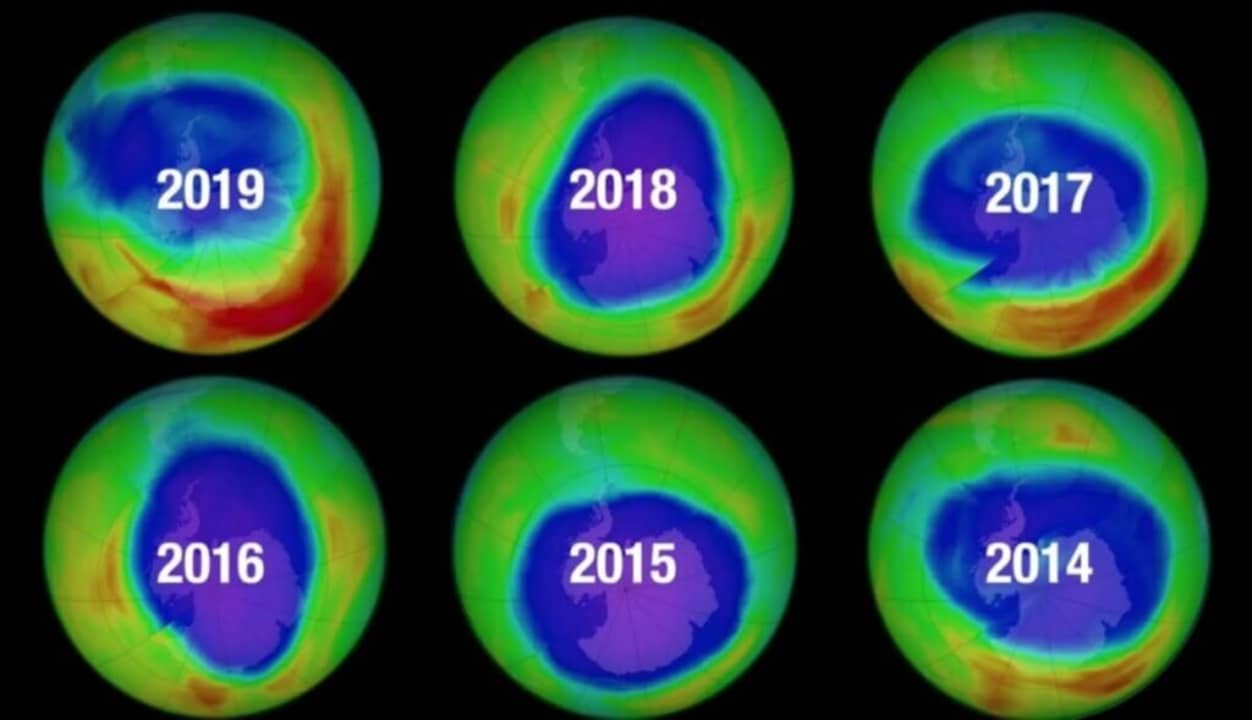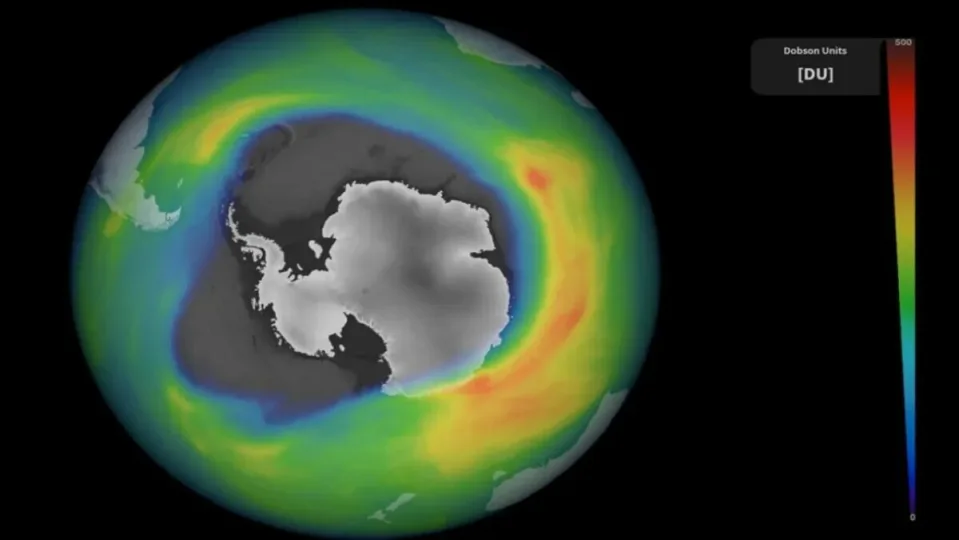In the ’90s, they spent the decade scaring us about the ozone hole. This hole was supposed to end life on Earth if we didn’t stop it. Fortunately, it started closing on its own… or so we thought.
A large hole in the Antarctic ozone layer, thought to be closing, might actually be expanding, according to a new study, casting doubt on whether global efforts to heal the ozone layer have been successful after all.
However, most scientists disagree. The findings, published in the journal Nature Communications, contradict the general consensus that ozone has been steadily recovering over the last four decades.

Returning to the late ’90s
Through the analysis of monthly and daily ozone changes from 2004 to 2022, researchers found that the ozone hole has significantly less ozone than it did 19 years ago, with levels decreasing by a surprising 26%.
“Our analysis concluded with the data from 2022, but as of today, the ozone hole in 2023 has already surpassed the size of the three previous years: by the end of last month, it exceeded 26 million square kilometers, nearly double the surface area of Antarctica,” said the lead author of the study, Hannah Kessenich from the University of Otago, in a statement about the research.
The Montreal Protocol
Located several kilometers above the surface, in the stratosphere, the ozone layer is essential for life on Earth as it shields our planet from the harsh ultraviolet radiation of the Sun.
To protect it, world leaders at the United Nations approved the Montreal Protocol in 1987, marking a milestone by internationally banning a chemical substance used in aerosols, chlorofluorocarbons (CFCs), which scientists had discovered years earlier were depleting the ozone layer.
The treaty has been widely hailed as a major environmental victory. This year, a UN report projected that the ozone would return to 1980s levels by 2040.
Cold is the culprit
So, the ban on CFCs worked, but they might not be the sole culprits if we aim to explain this recent widening. Instead, researchers suggest that ozone depletion might also be due to the Antarctic polar vortex, a low-pressure whirl of cold westerly winds.
Until now, they’ve observed a relationship between changes in the vortex and ozone depletion, but they can’t explain why this would occur.
However, the colleagues of these researchers aren’t entirely convinced. Martin Jucker, from the Climate Change Research Centre at the University of New South Wales, points out that existing literature has already discovered that these holes were caused by climate phenomena such as the 2019 wildfires and a massive volcanic eruption.
Still, whether they’re right or not, researchers say that their work highlights “the importance of continuous monitoring of the state of the ozone layer.”


